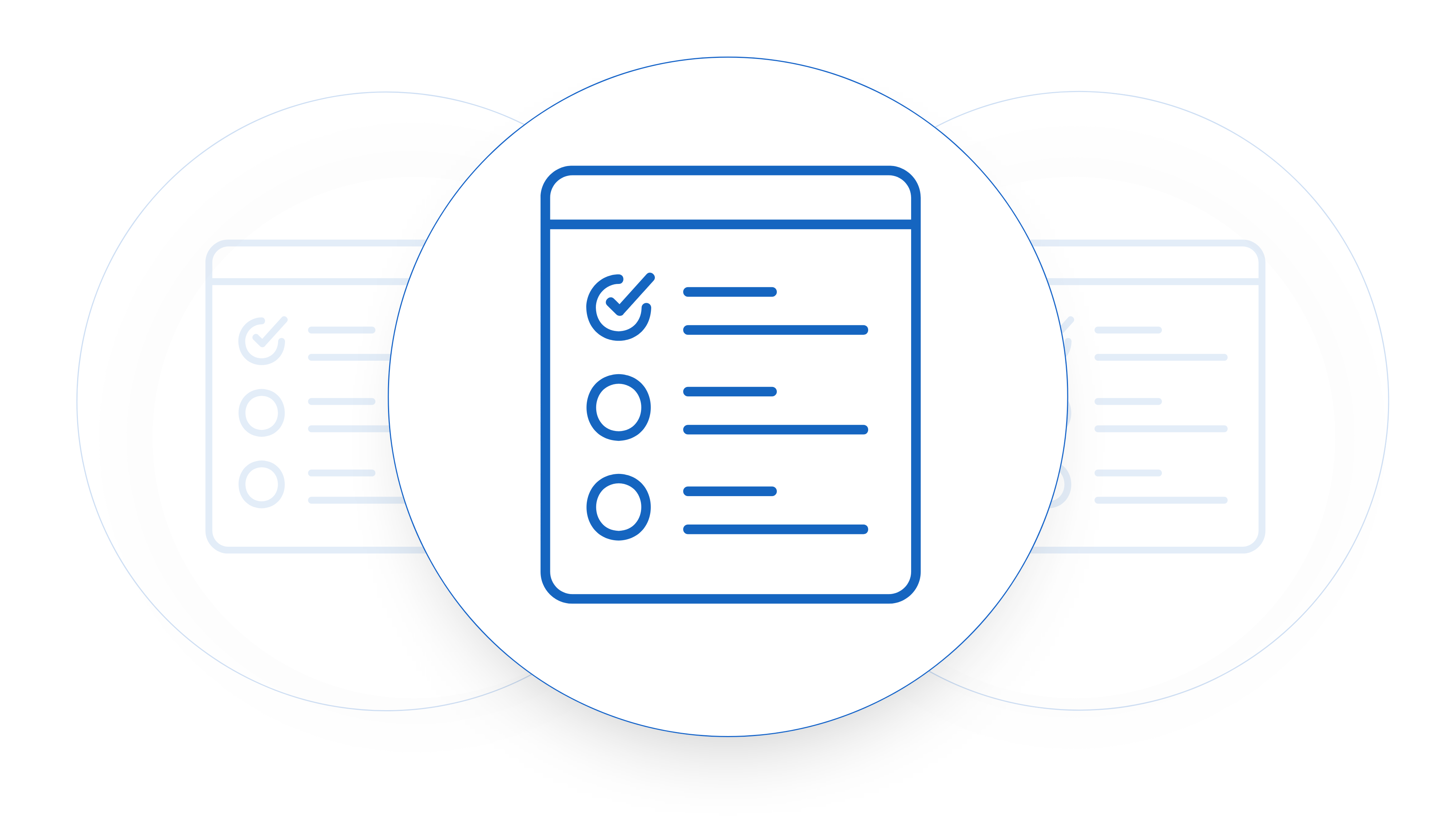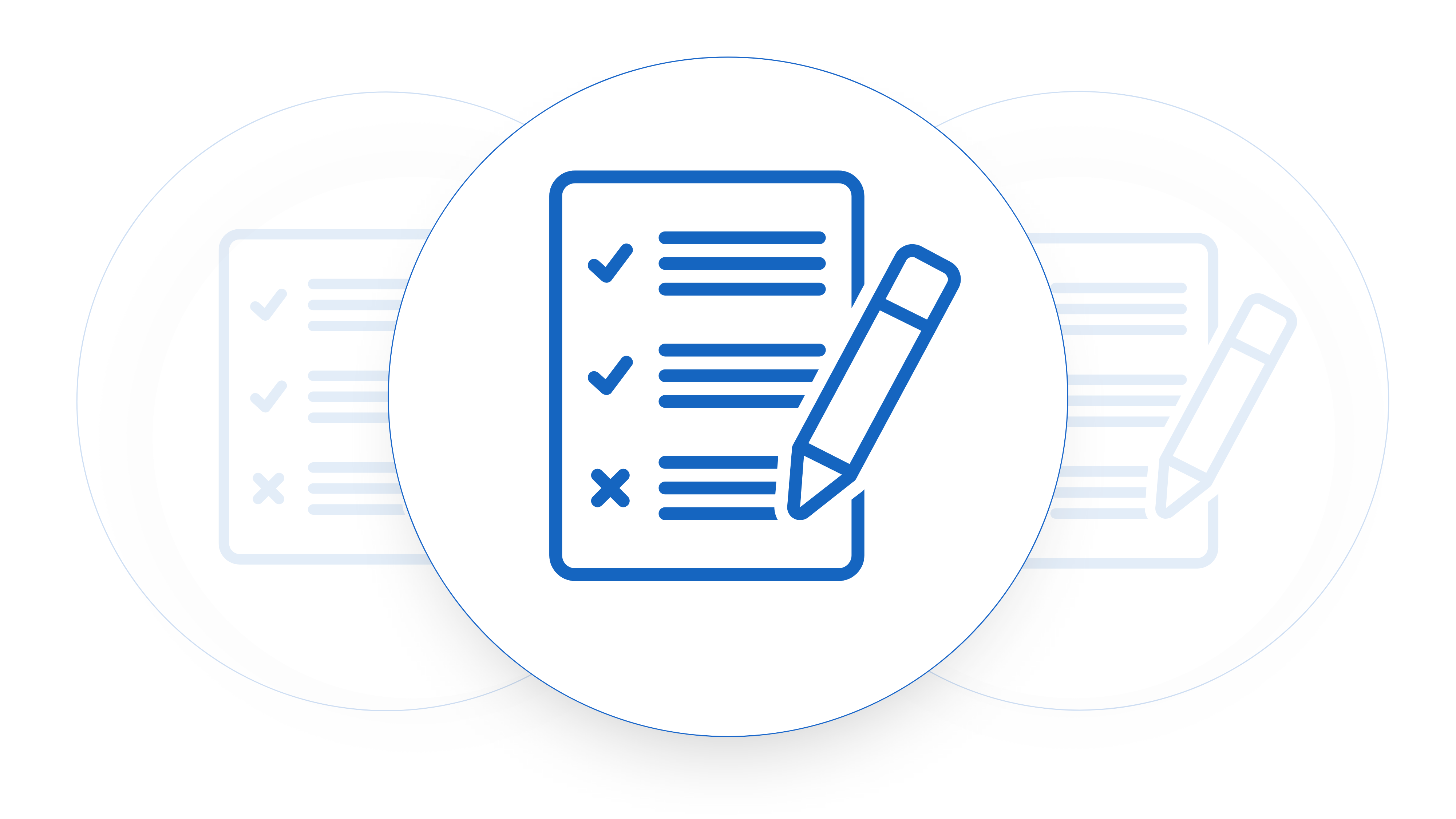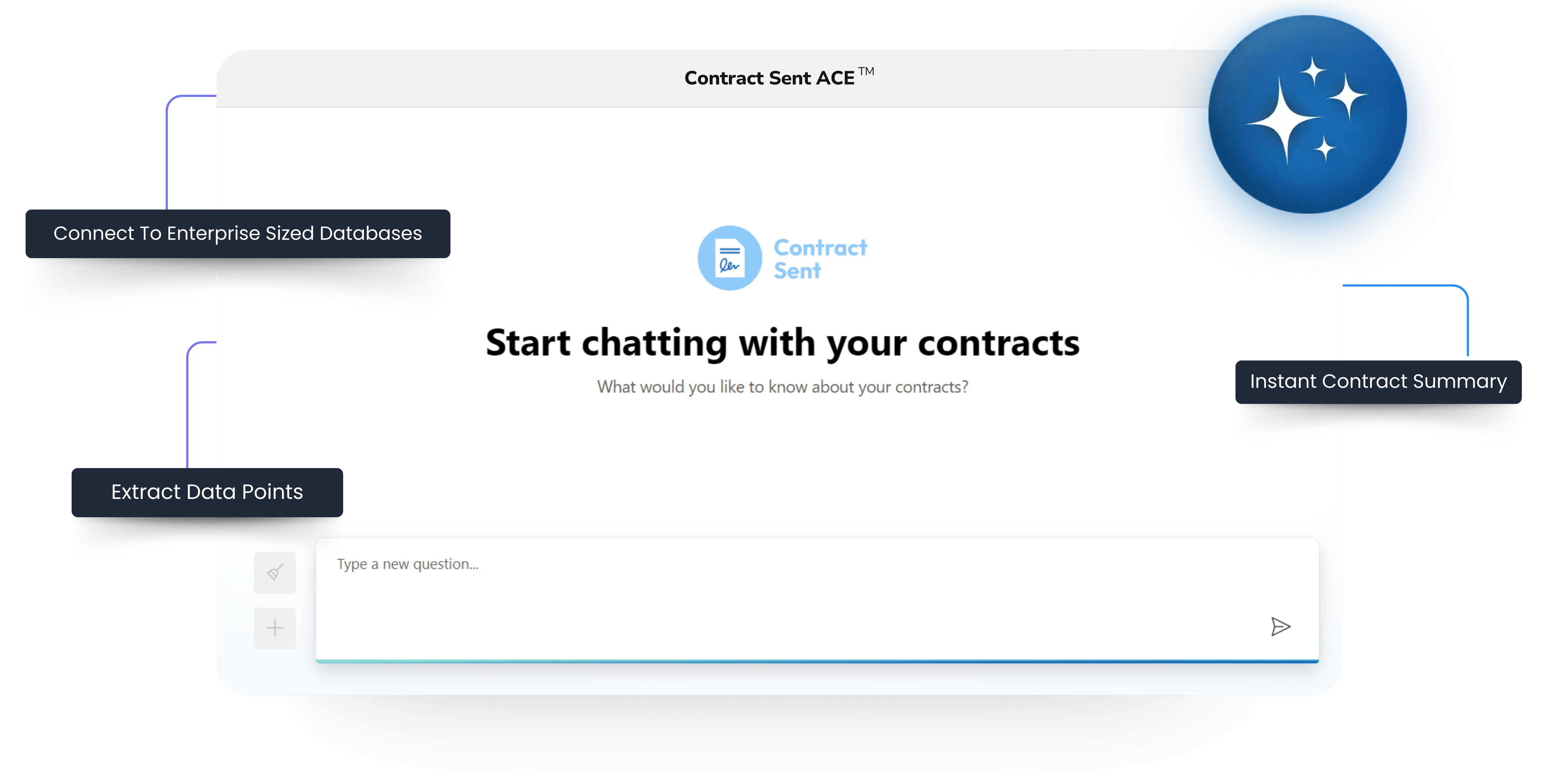In the realm of contract management, small businesses often face unique challenges that require tailored solutions. Contract Lifecycle Management (CLM) is a critical component for managing both buy-side and sell-side contracts effectively. This blog post aims to break down the complexities of CLM and offer practical insights for small businesses looking to streamline their contract processes.
What is Contract Lifecycle Management (CLM)?
Contract Lifecycle Management (CLM) refers to the systematic management of a contract from its initiation through its execution, performance, and renewal or expiry. Effective CLM can help small businesses mitigate risks, ensure compliance, and improve operational efficiency.
The Buy-Side and Sell-Side of CLM
Buy-Side CLM involves managing contracts with suppliers and vendors. This includes procurement contracts, service agreements, and any other contracts where the business is the purchaser of goods or services.
Sell-Side CLM, on the other hand, deals with contracts where the business is the seller. This includes sales contracts, service agreements with clients, and any other contracts where the business provides goods or services.
Why Small Businesses Need CLM
For small businesses, managing contracts manually can be time-consuming and error-prone. CLM solutions offer several benefits:
- Risk Mitigation: Automated alerts for contract renewals and compliance requirements help avoid penalties and missed opportunities.
- Efficiency: Streamlined processes reduce the time spent on contract creation, negotiation, and approval.
- Visibility: Centralized storage of contracts provides easy access and better oversight, ensuring that all stakeholders are on the same page.
Key Features of Contract Lifecycle Management (CLM) for Small Businesses
When selecting a CLM solution, small businesses should look for features that cater specifically to their needs:
- User-Friendly Interface: The solution should be easy to use, with minimal training required.
- Scalability: As the business grows, the CLM solution should be able to scale accordingly.
- Integration: The ability to integrate with existing systems such as CRM and ERP is crucial for seamless operations.
- Customization: The solution should allow for customization to meet the unique requirements of the business.
Implementing CLM: A Step-by-Step Guide
- Assessment: Begin by assessing your current contract management processes. Identify pain points and areas for improvement.
- Selection: Choose a CLM solution that aligns with your business needs. Consider factors such as cost, features, and vendor reputation.
- Implementation: Work with the vendor to implement the solution. This may involve data migration, system integration, and user training.
- Optimization: Continuously monitor the performance of the CLM solution and make adjustments as needed to optimize its effectiveness.
Overcoming Common Challenges
Small businesses may encounter several challenges when implementing CLM:
- Resistance to Change: Employees may be resistant to adopting new technologies. Address this by providing adequate training and highlighting the benefits of the new system.
- Budget Constraints: Limited budgets can be a barrier. Look for cost-effective solutions that offer essential features without unnecessary extras.
- Data Migration: Moving existing contracts to a new system can be daunting. Plan the migration carefully and ensure that all data is accurately transferred.
The Future of Contract Lifecycle Management (CLM) for Small Businesses
As technology continues to evolve, so too will CLM solutions. Future trends to watch for include:
- Artificial Intelligence (AI): AI can enhance CLM by automating routine tasks, predicting contract risks, and providing insights for better decision-making.
- Blockchain: Blockchain technology can offer increased security and transparency in contract management.
- Mobile Accessibility: As remote work becomes more prevalent, mobile-friendly CLM solutions will become increasingly important.
For small businesses, effective contract management is crucial for mitigating risks, ensuring compliance, and improving operational efficiency. By implementing a robust CLM solution, small businesses can streamline their contract processes, reduce manual errors, and focus on growth and innovation. Whether managing buy-side or sell-side contracts, the right CLM solution can make a significant difference in the overall success of the business.












